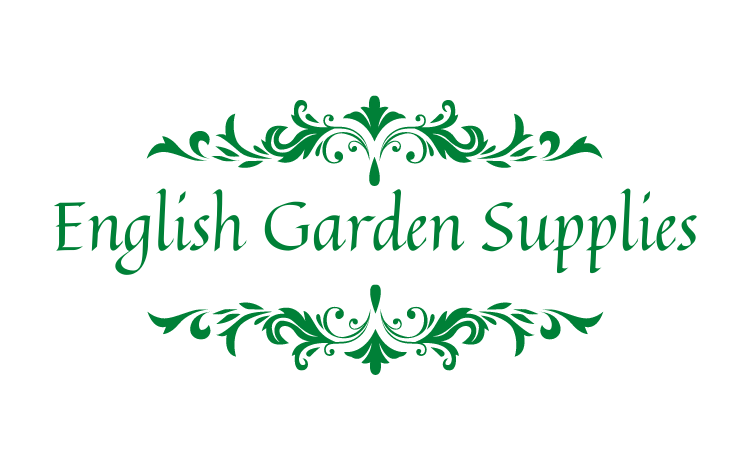Winding Down the Gardening Year
As the cool, crisp weather comes, so does a list of fall chores for your garden. Putting your garden to bed for the winter, though, should be relaxing, and impart a feelings of hope for the future. So with cup of tea in hand, read on to see just what needs to be done.
Collect Seed
Get your garden shears and a few plastic bags and head into the garden to collect the seeds that your flowers have set. Shake the seeds into individual bags and label or all together to make a seed mix. To ensure they are dry, I leave the bag open to store. I do not worry that mold will be an issue since I sow these seeds within a couple of months….(after first frost)….you only have to wait long enough to ensure they do not germinate and the young seedling is killed by frost. When planting bulbs, sprinkle some of your seeds on top of the exposed soil!
2. Plant
Fall is the time to plant fall crops such as lettuce, spinach, radishes, arugula and more. Use a cold frame to extend your bounty well into the winter! It is also a great time to plant perennial fruits and veggies as well as garlic that you will harvest next summer. From fruit trees, raspberries, and blueberries to asparagus, grapes and strawberries, plant now to harvest for years! Many perennials can be planted now as well. The cool weather allows the plant to develop its root system rather than spend energy on flower prodution. I also dig out and divide, (saw in half with a hori hori!), any perennials that have outgrown their location…free plants!
3. Transplant Perennials
In late fall when everything has gone dormant, it is time to move any plants you thought could better thrive in a different spot to its new home. “Right plant, right spot”, a saying made famous by extraordinary gardener Beth Chatto emphasizes the idea that a plant should thrive with little interference if it is in a position suited to its needs…be they sun, shade, dry free draining soil, moist compost rich soil, etc. I will be moving a Paul’s Himalayan Musk rambling rose to a more appropriate spot. It outgrew its spot and crushed a double arch in 2 summers! And yes, I couldn’t help taking cuttings and sticking them in the ground!
3. Plant Bulbs and Seeds
Late fall is also the time to plant your bulbs and seeds for next year. Make sure the seeds you sow will have sun in the spring…. I sow seeds for plants I want in my meadow on a gravel nursery and then transplant in late spring. When planting bulbs in my meadow, I carve out the hole with my Hori Hori, place the bulb and flip the grass plug dirt side up so I can toss on some flower seeds! Plant up your emptied pots with layers of bulbs and a big sprinkle of seeds on top!
4. Take It Easy!
Don’t make more work for yourself than you need. We have mowed our leaves right into the grass as mulch for years. It nourishes the soil and keeps sunlight from crabgrass seeds in spring. Get a cup of tea, a scone and your journal…take notes on what worked in your garden, what you will change, or add and any instructions to your future self! I even draw any new plans or ideas I have.
Making my notes for next year!
Verbena bonariensis, anise hysop, bee balm, foxglove and borage seed stalks. Perennial, biennial and annual seeds can stock your garden for years to come!
Spacing out my garlic, ready to plant an inch deep, fertilize and mulch.



Dividing up my perennials with my Hori Hori!
Final Tip……Limit Fall “Clean Up”
Leaving dead leaves, stalks and seed heads provides food for birds and small mammals, homes for hibernating insects and small animal life, free seedlings and a beautiful winter garden. Don’t believe me?…..Leave one small bed in all its fall glory, lift the dead leaves in the spring and you will find the soil covered in worm castings and alive with critters! Everything depends on this basic idea of your soil being alive and healthy!




